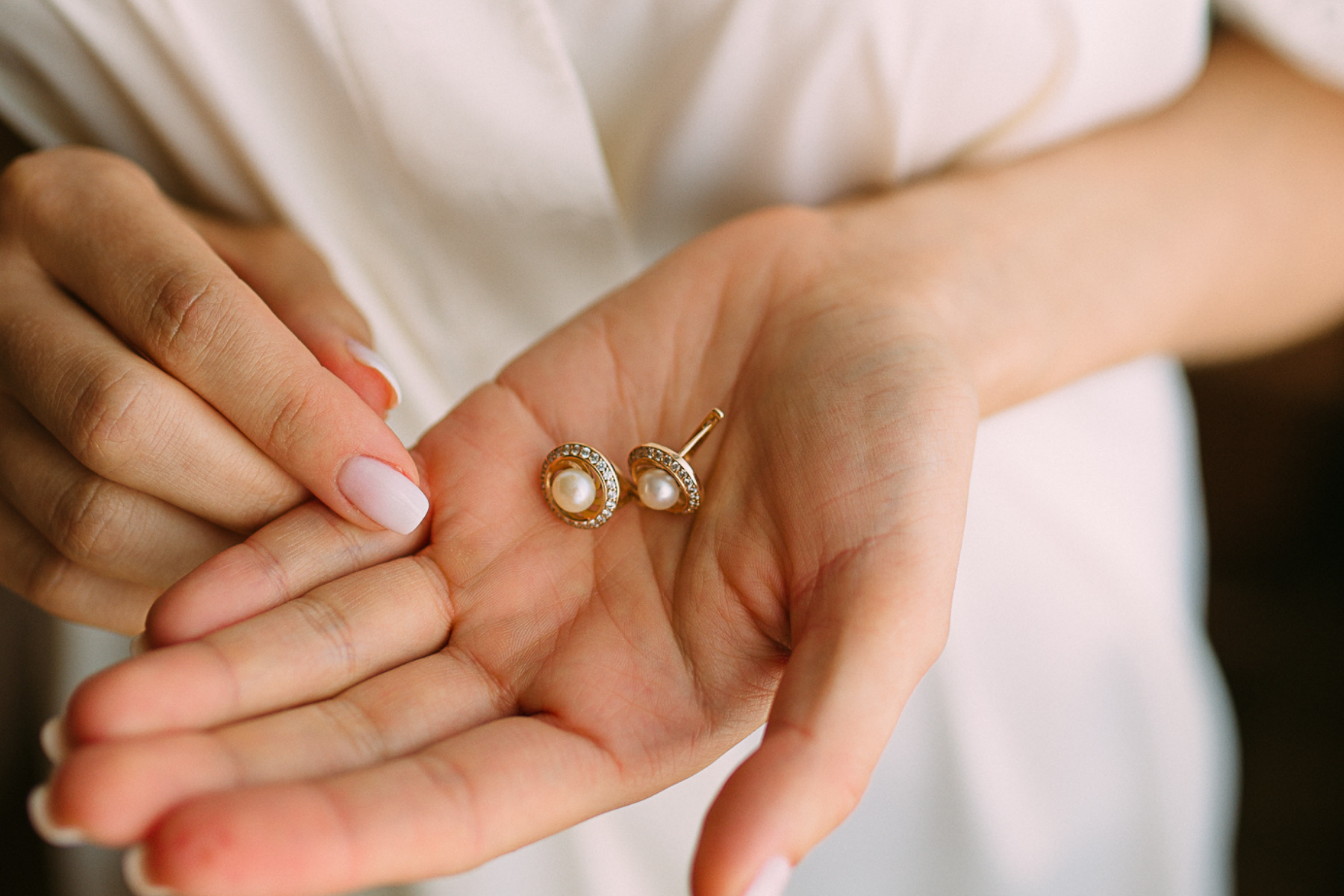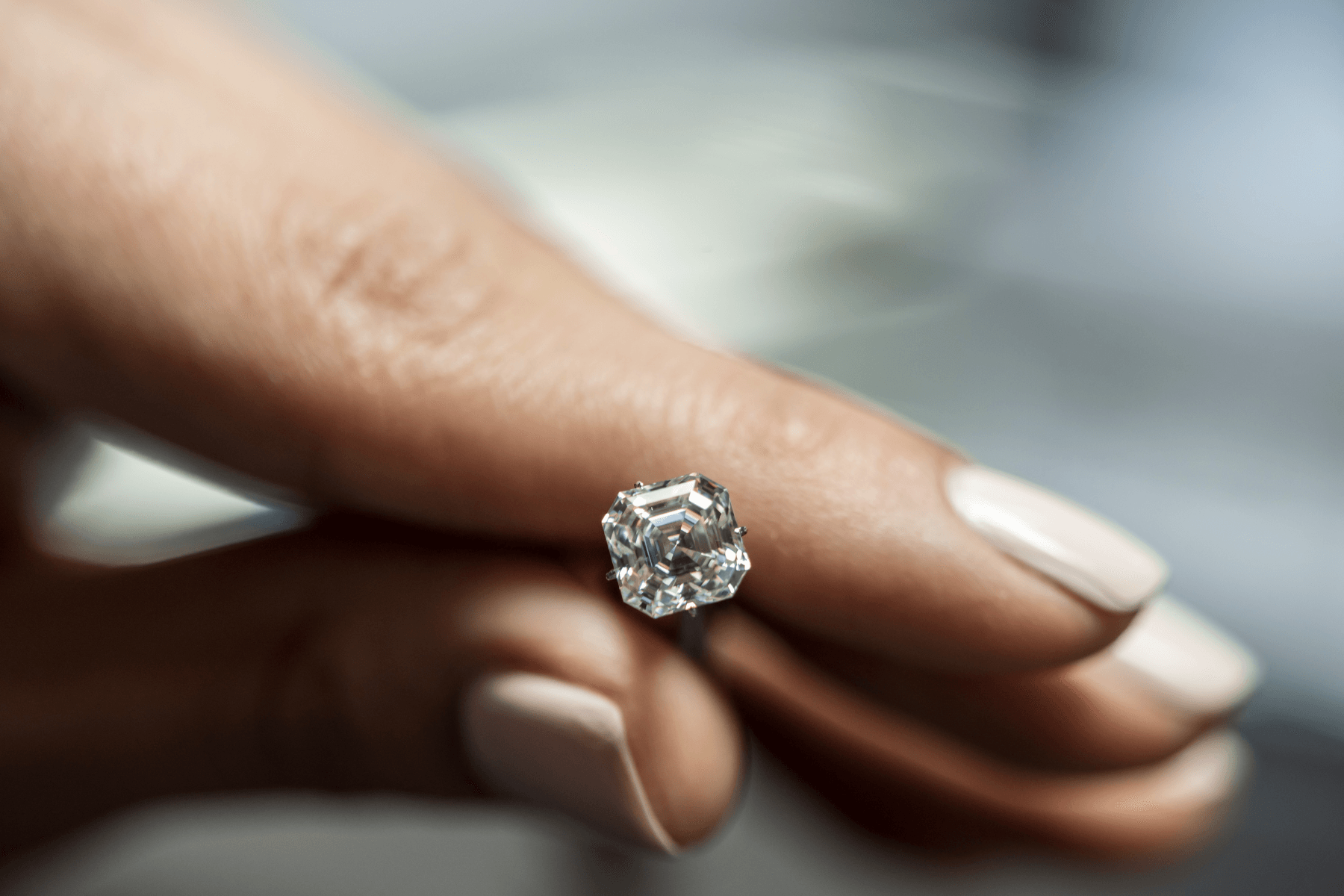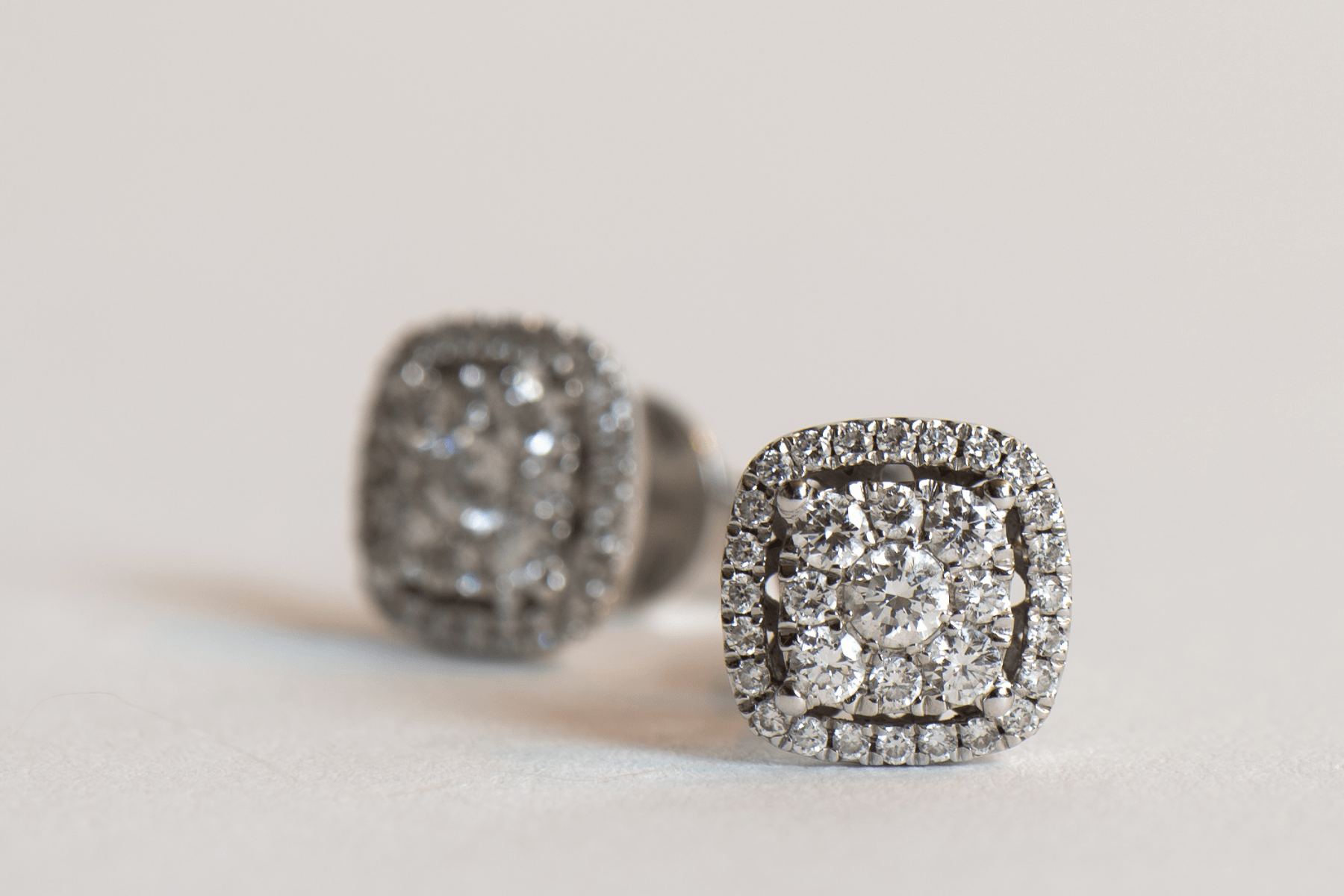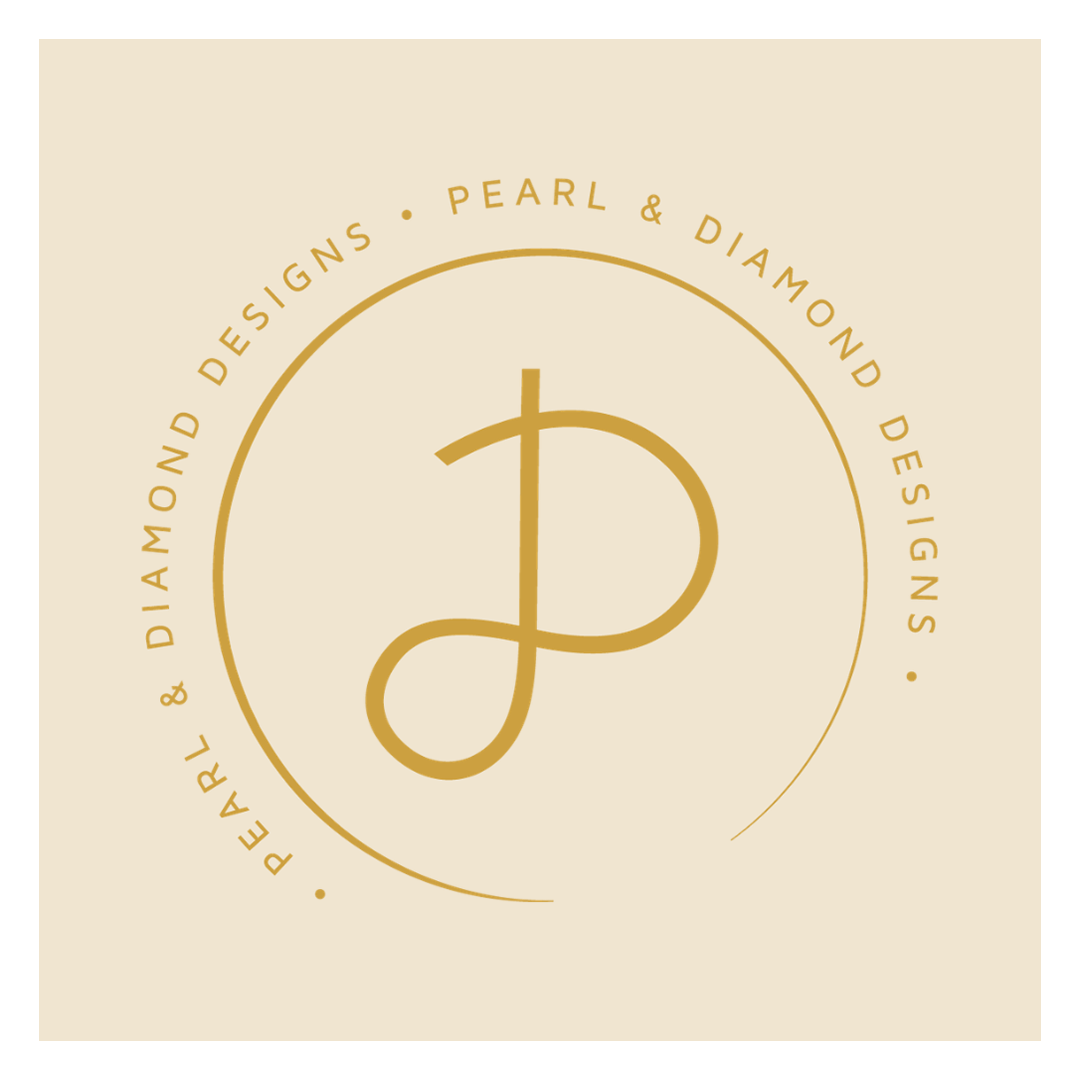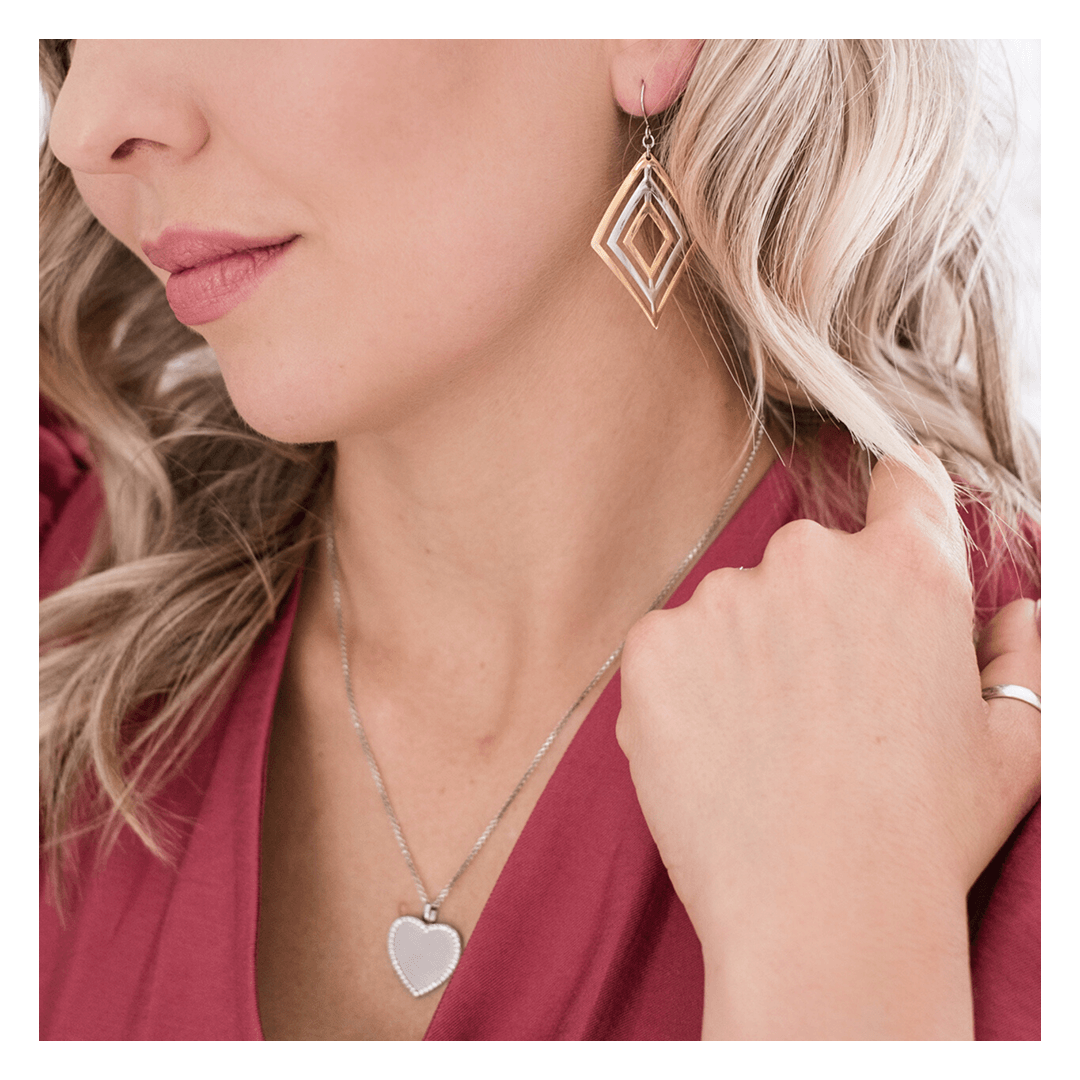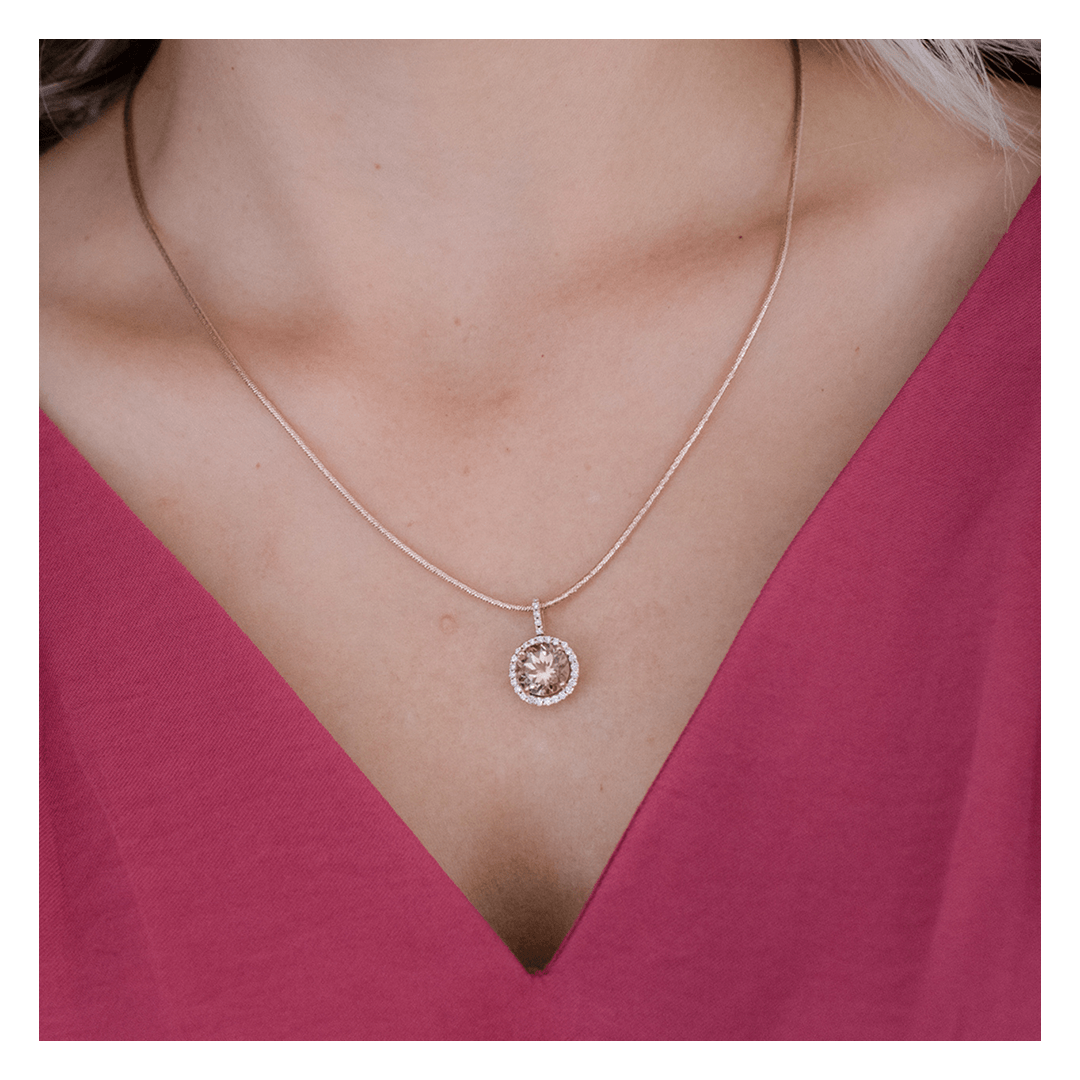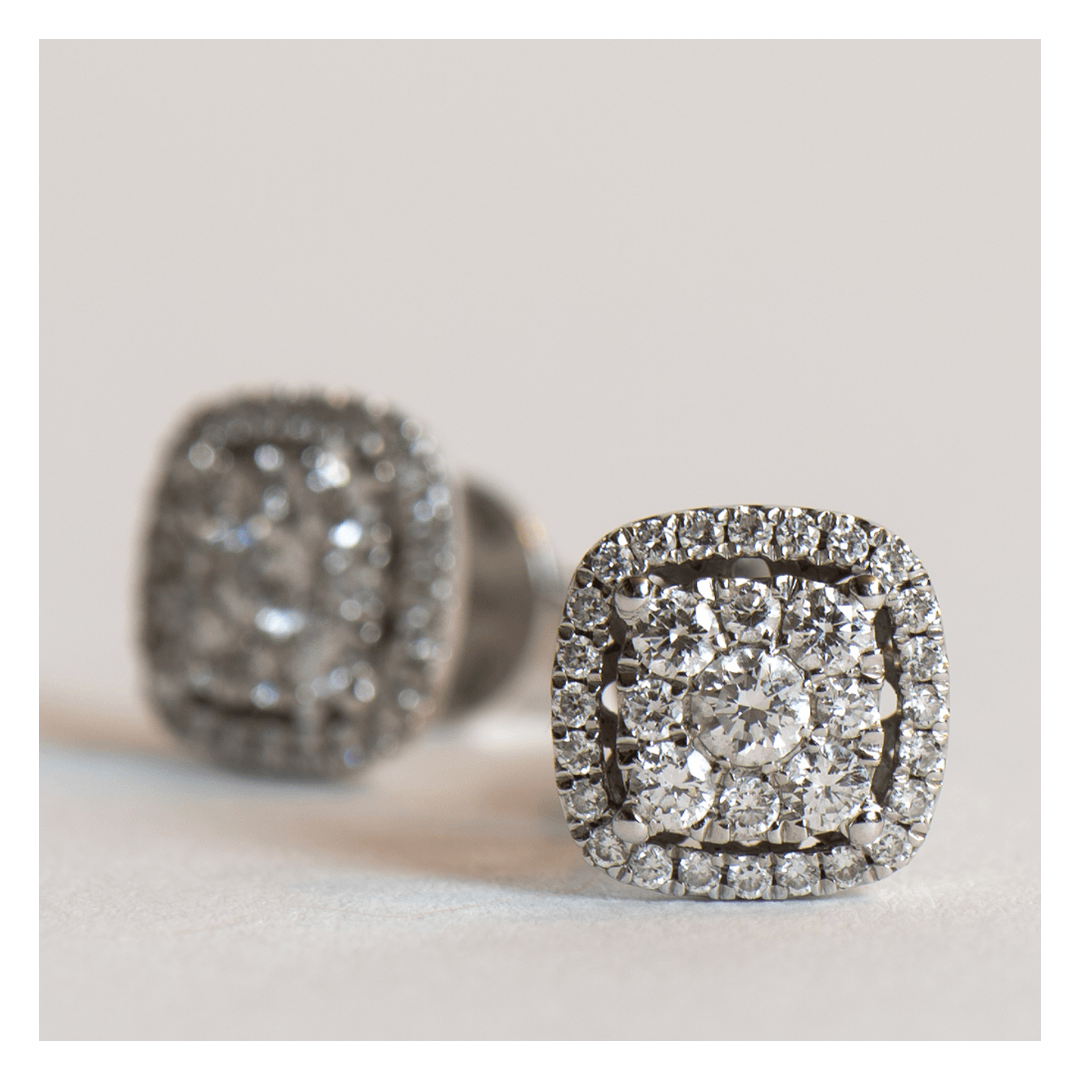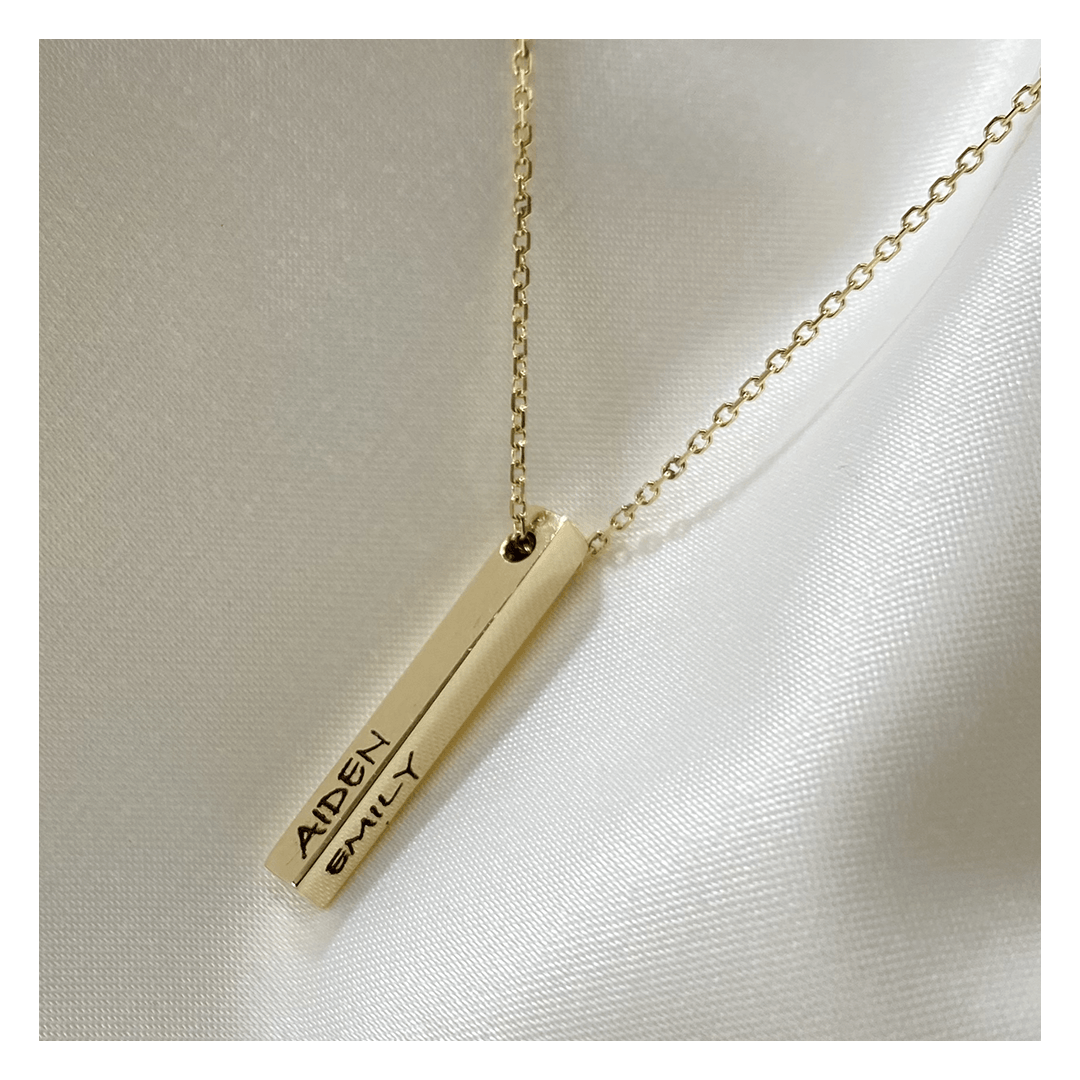By Website Editor
•
October 1, 2020
10 INTERESTING FACTS ABOUT PEARLS One of the most loved gemstones of all time, pearls are well-known, well-worn and highly sought after. All around the world people have treasured pearls for thousands of years. In the past 200 years, pearls have had an up and down ride in the fashion industry but have emerged stronger than ever. Pearls are possibly the most unique and interesting of all gemstones. Although it is not technically a stone, when it comes to history, lore, symbolism, use and uniqueness, pearls outshine all other precious stones. Let’s explore 15 interesting facts about pearls that explain why they are so special: Pearls are the only gemstone to come from a living creature. In some cases, the mussel or oyster continues living after the pearl has been extracted from it. Natural pearls are considered one of rarest jewels in the world. Less than 1 in every 10 000 wild oysters contain pearls. As the popularity of these gems continued to grow in the early part of the 20th century, the population of occurring oyster beds in the ocean’s waters became severely depleted from overfishing. Despite the rise of cultured pearls, the population of wild oysters still hasn’t completely recovered. The first-ever cultured pearl was created by Kokichi Mikimoto in Japan. In 1878, he began to experiment with the development of pearls in their own oyster beds. After nearly two decades of trial-and-error, Mikimoto succeeded and received a patent for cultured pearls in 1896. His discovery helped fulfil the global demand for pearls more sustainably and ensured that almost all women today have access to these beautiful gemstones. Mikomoto was quoted saying that his dream was to “adorn the necks of all women around the world with pearls.” Before the existence of cultured pearls, divers generally had to go into deep and dangerous waters to extract pearls from oysters. It is believed that only half of the pearl divers survived their expeditions. An estimated 99% of pearls on the retail market today are cultured, largely because almost all natural pearls have already been harvested. Even at a farm where they are cared for and protected, not all of the molluscs produce a pearl and not all of the pearls produced are of high enough quality to be introduced to the jewellery market. Oysters are the most well-known pearl-producing creatures, however, only seawater pearls are produced by oysters. Mussels are responsible for freshwater pearls. Some other molluscs that produce pearls include clams, abalone and the queen conch. The most interesting thing about oysters is that they are transgender. Oysters are born male but turn into females when they’re around 3 years old. The Land for Cartier’s Flagship Store in New York was Bought with a Pearl. In the early twentieth century, a perfect pearl was considered the most valuable object in the world. In 1916, Pierre Cartier put what he believed to be the most expensive necklace in the world in his New York showroom, with two strings of 55 and 73 perfect pearls, the necklace was worth more than a million dollars (around $24 million in today's money). Thirty-one year-old Maisie Plant, the wife of a railroad magnate fell in love with the necklace. Pierre Cartier made her an extraordinary offer. He would give her the natural pearl necklace in exchange for her Italian-Renaissance inspired home on New York City’s Fifth Avenue. She agreed, and the rest is history. Cartier transformed the mansion into one of the world’s most luxurious retail experiences. Today, Cartier’s Fifth Avenue Mansion is the company’s largest store in the world. Currently, the world’s most expensive pearl is valued at $100 Million. A fisherman discovered the pearl off the coast of the Philippines inside a giant clam and hid it under his bed as a good luck charm. When his house burned down in 2016 officials discovered the pearl. The pearl was verified at 66 cm in length, 30.5cm in width and weighed nearly 34kg. In 2012, French researchers discovered what is believed to be the oldest pearl ever found. It was located in a gravesite in the United Arab Emirates and given the name of Umm al Quwain to represent the region of the country it was found in. Scientists used carbon dating to determine that the pearl was over 7,500 years old. Perhaps the most interesting legend of all is the one of Cleopatra, the Queen of Egypt, attempting to impress the Roman Empire by demonstrating the wealth of Egypt. Cleopatra wanted to prove to Mark Anthony that she could host the most expensive dinner in history. Cleopatra was known to have owned two of the world’s largest pearls at the time which she wore as earrings . She instructed her servants to bring her potent vinegar and then dropped one of the pearls into the vinegar, dissolving it. She continued to drink what can be dubbed as the world’s most expensive cocktail. Some of the world’s most influential women in recent history also had great appreciation for pearls. First Ladies Michelle Obama and Jackie Kennedy both regularly adorned themselves with expensive pearl jewellery. The Queen Mother and Princess Diana were also known to be great fans of pearls. Coco Chanel, a pioneer in the fashion industry, can be praised for making pearls popular as everyday jewellery. There are four main types of pearls: Freshwater pearls: mainly grown in rivers and lakes across China. They are the most widely available pearls and represent 95% of all pearls and are thus the most affordable. Japanese Akoya pearls: a variety of seawater pearls that are arguably best-known in the world. They are produced in Japanese and Chinese waters and feature spherical shapes with a beautiful lustre . Tahitians pearls: another type of seawater pearls cultivated in the islands of French Polynesia. These pearls come in exotic colours like deep shades of grey, blue, green, black and purple. South Sea pearls are the largest of all pearls and feature white, cream, and golden hues. They can be found in the waters of Australia and the Philippines. They are also the rarest of all nacreous pearl types and the most expensive. Even though they too are cultured, the oyster only thrives under certain conditions, which means that production is limited. It takes at least 6 months for a pearl to form. Sometimes the development process can last as long as 24 months. The procedure begins when a farmer delicately implants a tiny nucleus inside the mollusc. The growth of the pearl is influenced by how long it takes to recover from the implantation. Once this process is over and the mollusc has fully recovered, the pearl begins to grow as the mollusc covers the nucleus with layers of nacre. Chinese freshwater pearls can grow up to 5mm per year while Japanese Akoya pearls only up to 0.3mm. Pearls are the official birthstone for June. The birthstone is believed to symbolise purity, clarity and loyalty. Given its symbolic meaning and captivating beauty, the pearls are an especially great gift for anyone born in this month. As you begin to dive deeper into the history and background of pearls, it becomes easier to realise exactly why they are so captivating and unique. If you want to know more about pearls, click here to read our pearl education guide.
